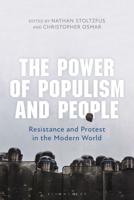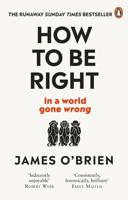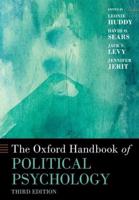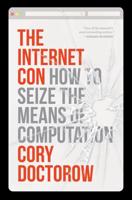Publisher's Synopsis
The attacks of September 11, 2001, thrust terrorism to the forefront of critical issues facing the contemporary world and caused Americans to stop thinking of terrorist acts as rare, isolated events. This timely, accessible book examines the phenomenon of terrorism, discussing the methods, tactics, and weapons used by terrorists and exploring the attraction that terrorism holds for many individuals, groups, and movements. Whether seeking to learn more about a specific terrorist group or act, researching the potential use of weapons of mass destruction by terrorists, or searching for primary documents on the subject this is an essential resource.
The book begins by defining terrorism and exploring the ruthless philosophy that underlies it. It provides a narrative history and chronology of world terrorism; describes the most important terrorist groups, both past and present; and details four historically important terrorist acts-a 1906 lynching in Tennessee, a massive flaunting of power by the Ku Klux Klan from 1915 to 1925, Black September's attack on Israeli athletes at the Munich Olympics in 1972, and the traumatic events of September 11, 2001-that illustrate the key strategies that terrorists employ and the wide range of goals that motivates them. It also includes a number of significant primary documents, ranging from official government overviews of the terrorist threat and international agreements related to terrorism, to presidential declarations on the subject and statements issued by terrorists themselves, in which they attempt to clarify their own motivations and intentions.







